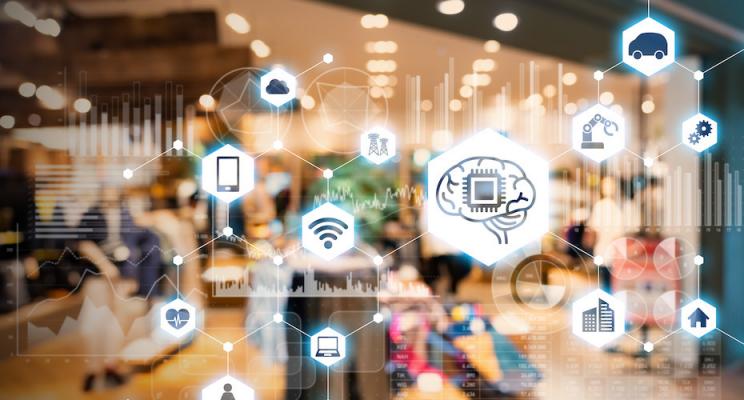
The notion of Artificial Intelligence often generates either awe or fear in most people, but whether you believe it will save the world or enslave the world, the first thing you need to know is that there is more than one type of AI.
General Artificial Intelligence (also known as “Artificial General Intelligence” or “AGI”) is what most people are thinking of when they talk about AI: a computer that’s as “smart” as a person—one that exhibits reason and common sense, makes decisions, perceives the world around it and can learn new things on its own. Such a system would require immense computational power that, when combined with advanced robotics, would be able to carry out any task a person could do, as well as many others we could not.
It’s the holy grail of AI research, but to paraphrase the most well-known AI in pop culture, “I’m sorry Dave, I’m afraid General Artificial Intelligence does not exist yet.” In fact, most experts believe we are still many years away from achieving it, and some believe we may never get there. For now, this type of AI only exists in Hollywood movies and Science Fiction novels.
To date, most of the advancements in the field of Artificial Intelligence have been centered on accomplishing a specific task or set of tasks. That’s Narrow Artificial Intelligence (also known as “Artificial Narrow Intelligence” or “ANI”), and it’s the type of AI that gets autonomous cars from point A to point B, allows you to tell your virtual assistant to create a meeting or order more dog food, and sorts your photos with facial recognition.
Such targeted AI systems are very good at carrying out routine physical and cognitive tasks, like allowing a mobile robot to autonomously navigate a vast warehouse, locate and retrieve a specific tote, and bring it back to a station.
And these systems can “learn” as algorithms are used to constantly analyze data and make suggestions for how to improve a process or task. The important distinction to keep in mind is that robots that operate on Narrow Artificial Intelligence are great at carrying out tasks that people tell them to do. They are great at gathering intelligence that can be used to become even more efficient. What they are not great at is solving their own problems. We still need people to do that.
If you want to learn more about how far Artificial Intelligence has come and where it might be headed, check out The AI Index Report hosted by Stanford University’s Human-Center AI Institute.